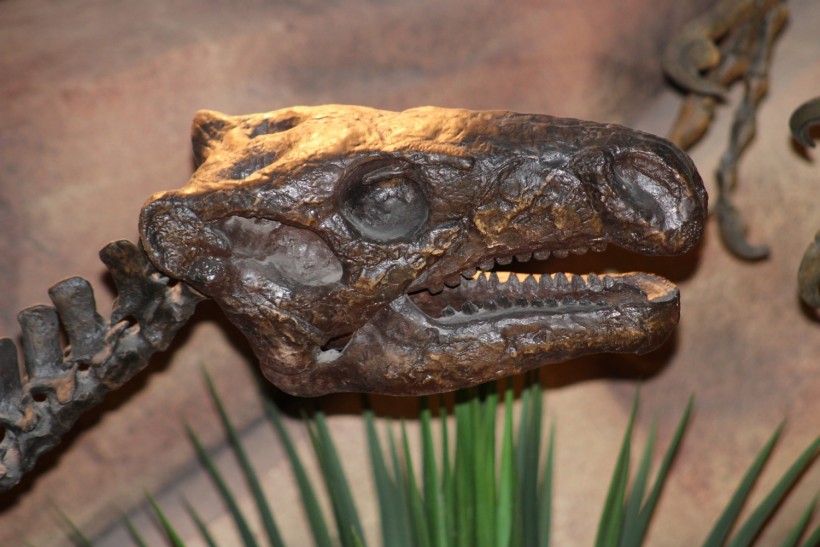Newly discovered fossil remains on the Isle of Wight have led to identifying and naming a new species of ankylosaur, a heavily armored dinosaur.
The new dinosaur species has been named "Vectipelta barretti" in honor of paleontologist Professor Paul Barrett, the head of fossil vertebrates at the Natural History Museum in London.

Armored Dinosaur or Ankylosaur
It reportedly belongs to a group of plant-eating dinosaurs, known as ankylosaurs, unearthed on the island's Wessex formation in the 1990s. This discovery marks the first time in 142 years that an armored dinosaur from the island was officially described.
Lead author Stuart Pond emphasized the importance of this finding, stating, "For virtually 142 years, all ankylosaur remains from the Isle of Wight have been assigned to Polacanthus foxii, a famous dinosaur from the island, now all of those finds need to be revisited because we've described this new species."
Through several key characteristics, Vectipelta barretti distinguishes itself from Polacanthus foxii, the previously known ankylosaur from the Isle of Wight. The fossilized remains exhibit differences in the neck and back vertebrae, a distinct pelvic structure, and more blade-like spiked armor.
Researchers utilized phylogenetic analysis to examine the relationships between different ankylosaurs. Surprisingly, they discovered that Vectipelta is most closely related to certain Chinese ankylosaurs, suggesting that dinosaurs freely migrated from Asia to Europe during the Early Cretaceous period.
During the Early Cretaceous, Vectipelta barretti roamed the Earth, a period with scarce global fossil remains. This scarcity has led to speculation about a Jurassic mass extinction event.
Studying dinosaur diversity during this crucial time is vital for understanding potential extinctions and subsequent recovery. The Wessex Formation and the Isle of Wight, rich in rocks from this era, are crucial research areas in addressing these questions.
Read Also: Up to 90,000 Year Old Nevada Ice Age Fossils Disrupt 500-Mile Solar Energy Line
Mediterranean Climate
When Vectipelta barretti lived on the Isle of Wight, the climate resembled that of the Mediterranean. The region consisted of a floodplain with a meandering river system.
Floods would combine organic materials, including plants, logs, and dinosaur remains. As the water retreated, these organic materials would become secluded in ponds, slowly desiccating and becoming buried in clay soil.
The new dinosaur species had been named in honor of Barrett, who has made significant contributions to vertebrate paleontology and is a renowned authority on dinosaurs.
Barrett has dedicated two decades of his career to the Natural History Museum, publishing 220 scientific papers, supervising 31 PhD students, and mentoring numerous others.
The research team is optimistic about the possibility of uncovering additional species in the area. Palaeontologist Dr. Susannah Maidment of the Natural History Museum said, "We have new iguanodontians that we are lining up, to be prepped and to be studied. I think we have at least two new taxa in the collections. With regards to ankylosaurs, they are somewhat rarer, so I think we need to keep our eyes peeled."
The newfound dinosaur species is now part of the Dinosaur Isle Museum's internationally significant collection, which is operated by the Isle of Wight Council.
Portions of the dinosaur will be on display at the museum during the school holidays. The findings of the team were published in the Journal of Systematic Palaeontology.
Related Article: Archaeologists Discover Earliest Evidence of Cooking 780,000 Years Ago in the Jordan River










